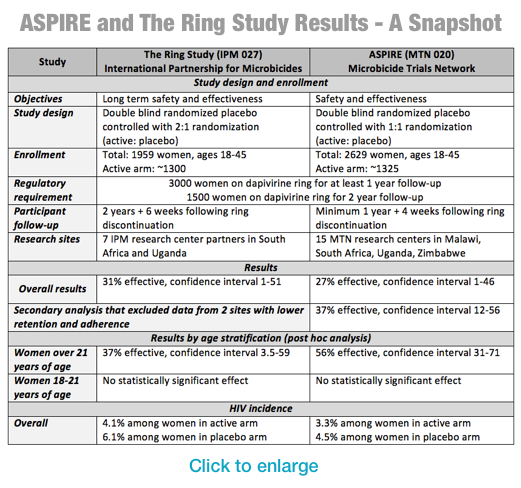Media Contacts
Kay Marshall
AVAC Senior Communications Advisor
[email protected]
2018 Omololu Falobi Award for Excellence in HIV Prevention Research: Community Advocacy Celebrates a “Real Powerhouse” Young PrEP Advocate
Madrid – Gcobisa Madlolo, an activist, a writer, a proud mother of twins and a fresh, inspiring and powerful voice for young women in her native South Africa and beyond is the recipient of the fifth Omololu Falobi Award for Excellence in HIV Prevention Research Community Advocacy. Madlolo will accept the award at the opening session of the third HIV Research for Prevention (HIVR4P) Conference in Madrid, Spain on Monday, October 22, 2018. Madlolo was an early adopter of daily oral pre-exposure prophylaxis (PrEP) and is a powerful advocate for young women’s sexual health rights.
The award is given by a group of Advocacy Organizations that focus on HIV prevention in memory of Nigerian activist Omololu Falobi, who is remembered by friends and fellow advocates as a talented journalist, an activist for social justice, an advocate for prevention research and a son of Africa who worked tirelessly to ensure Africans were taking ownership of their own HIV care and prevention.
In 2018 the award committee sought to recognize, appreciate and honor courageous and inspiring young people who have chosen to participate in clinical trials and/or use new biomedical HIV prevention options and to bravely discuss their experiences, and inspire others in the process.
In her nomination of Madlolo, Professor Sinead Delany-Moretlwe of the Wits Reproductive Health and HIV Institute (Wits RHI) said, “She’s a real powerhouse, and truly the present and future of women’s HIV prevention advocacy. Gcobisa grabs every opportunity to share her PrEP journey, the importance of support, how she is able to adhere to PrEP and how going on PrEP was a life changing decision for her.”
Madlolo participated in the EMPOWER (Enhancing Methods of Prevention and Options for Women Exposed to Risk) study which aimed at development of simple, scalable evidence-informed interventions, adapted for local use in Africa. Her commitment to finding interventions that work for herself and communities is so deep that when EMPOWER ended in 2017, she transitioned into another demonstration project, POWER (Prevention Options for Women Evaluation Research), which is helping to inform the introduction of oral PrEP among African women.
“I am grateful to be honored with the Omololu Falobi award, said Madlolo. “This recognition means that I must go out there even more, more especially to the communities where young women have very limited resources to share, and inspire and encourage them to make the right health choices.”
“I am more determined than ever to be the face of PrEP. I want to go out there to every village, every town, every city and talk to other young people about the importance of protecting themselves. For me, I take PrEP because I cannot put the keys to my own health in someone else’s pocket – I want young women and men everywhere to realise that they have to take control of their health,” she added.
Manju Chatani-Gada, Director of Partnerships & Capacity Strengthening at AVAC said, “Omololu was a visionary leader, journalist and HIV prevention activist, who accomplished much in his too-short life. He dedicated himself to HIV prevention research advocacy in Nigeria, Africa and worldwide and to championing the voices of civil society. Omololu would be so proud of Gcobisa and her fierce advocacy on behalf of herself and other young women. And that the award is celebrating the contributions of trial participants.”
In addition to Madlolo, the award committee honored two other young women advocates:
Ruth Nahurira, a former participant in the ASPIRE (A Study to Prevent Infection with a Ring for Extended Use) trial and the HOPE (HIV Open Label Prevention Extension), two studies of the dapivirine vaginal ring. Ruth has used her personal story and experience to help sensitize communities – those close to her home in Kampala, Uganda and even globally – about the importance of HIV prevention research, particularly for women. Within the trials themselves, she mentored other study participants, encouraging them to use their assigned rings and to comply with study procedures.
Mercy Mutonyi Wafula is a passionate advocate and one of the earliest adopters of oral PrEP in Kenya. Mercy has been part of the PrEP journey from trial phase to someone who has chosen PrEP as her intervention of choice for HIV prevention. Her work with sex workers earned her an opportunity to not only work as a lead PrEP Ambassador, but also as a co-investigator of a PrEP demonstration project. She is also the coordinator of a DREAMS Innovations Challenge project at the Bar Hostess Empowerment & Support Programme (BHESP) that is focusing on creating awareness and demand for PrEP among sex workers in Nairobi.
Since 2008, the Omololu Falobi award has been presented as ongoing legacy that recognizes his commitment and lasting contributions to HIV prevention research advocacy and honors those who follow in his footsteps. Madlolo received support to attend HIVR4P along with a cash award to help advance her advocacy work for prevention options for young people. The runners up also received a cash award.
The Omololu Falobi Award for Excellence in HIV Prevention Research Community Advocacy was established in 2008 by the African Microbicides Advocacy Group (AMAG) and partner organizations to recognize advocates’ contribution to the HIV prevention research field through advocacy. Today the award is presented by AMAG, AVAC, International Rectal Microbicides Advocates (IRMA), Journalists Against AIDS Nigeria (JAAIDS), and the New HIV Vaccine and Microbicides Advocacy Society (NHVMAS).
Profiles of Madlolo and the two runners up as well as more information about the award, Falobi, and previous recipients are online at www.avac.org/falobi.
